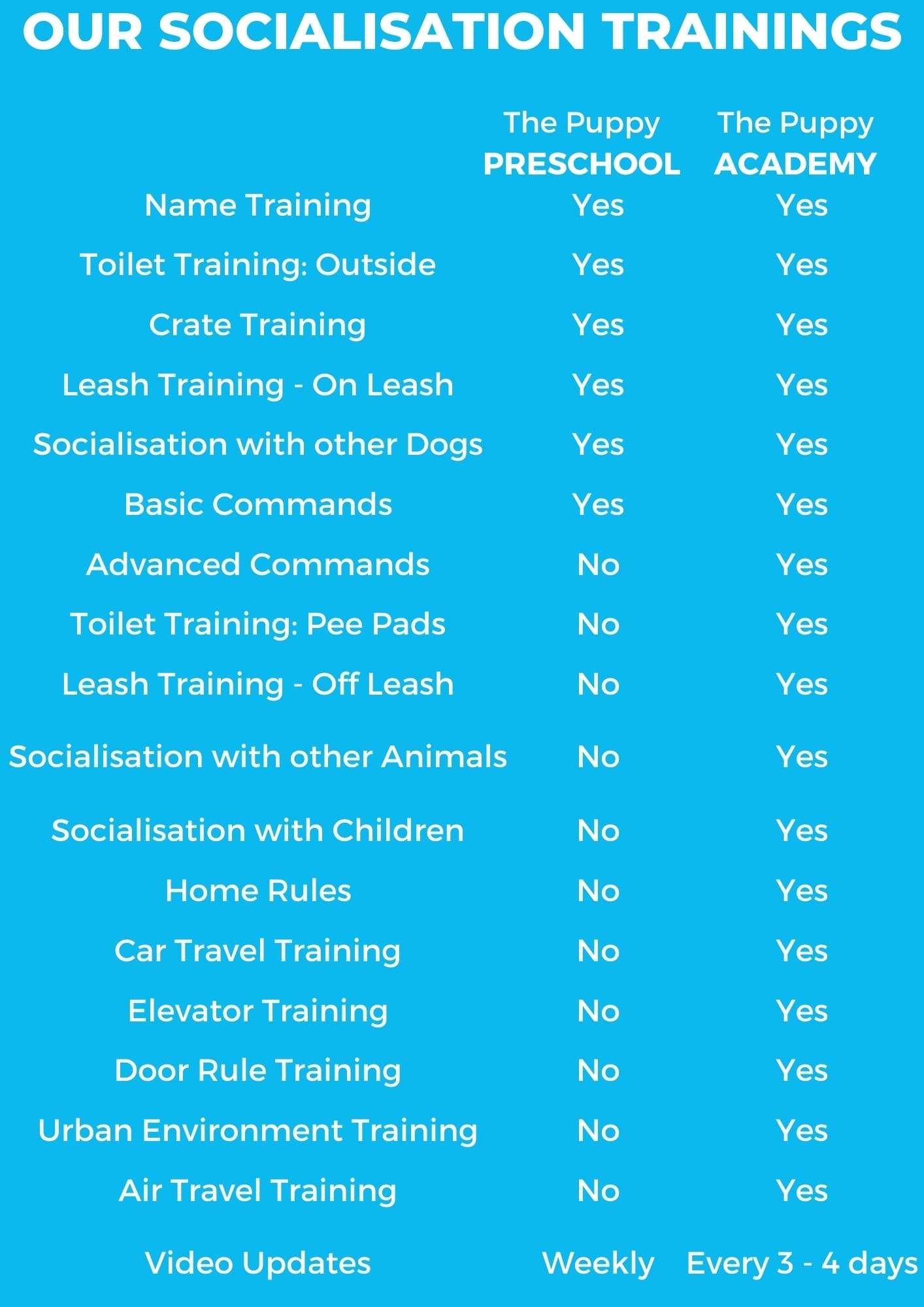
Mexican Hairless Dog
Also called the Xoloitzcuintle or Xolo, this Mexican dog breed can be Toy, Miniature or Standard sized. No matter the size, the Mexican Hairless Dog always has a sleek and elegant physique. As the name suggests, the Mexican Hairless Dog is usually a bald breed, though coated dogs also exist. Hairless Xolos may have a little hair on the top of their heads, the end of their tail, and on their feet. Originally bred as a watchdog and companion, the Mexican Hairless Dog is clever and eager to please. They are outgoing and responsive, with a sensitive and inquisitive nature.
Although very energetic as a puppy and slow to mature, the adult Mexican Hairless Dog is usually calm and quiet. These dogs are clever, and have a reputation for being escape artists! They have a strong guarding instinct, and want to protect their family.
Mexican Hairless Dog breed attributes
About Mexican Hairless Dog breed
Description
Also called the Xoloitzcuintle or Xolo, this Mexican dog breed can be Toy, Miniature or Standard sized. No matter the size, the Mexican Hairless Dog always has a sleek and elegant physique. They have a slim, hound-like build, with a deep chest, slightly arched back, and a low-set curved tail. The Xolo’s head is sleek, with large ears, almond-shaped eyes, and an intelligent expression. These dogs often have incomplete sets of teeth. The legs are long and straight, ending with well-arched, webbed feet.
Origin: Mexico
Look
As the name suggests, the Mexican Hairless Dog is usually a bald breed, though coated dogs also exist. Hairless Xolos may have a little hair on the top of their heads, the end of their tail, and on their feet. The hairless Xolo’s skin is smooth and tight, though there are usually a few wrinkles on their heads. The coated Xolo has short, coarse fur, and tends to have better teeth than the hairless variety. It’s common to have both hairless and coated puppies in the same litter. The Mexican Hairless Dog can be any colour, though the hairless dogs tend to be blue-grey or black.
The coated Xolo is very easy to care for: their short dense coat just needs to be brushed once in a while. Hairless Xolos are also fairly easy to care for, though they are sensitive to heat and cold, and may need more baths than the coated Xolo, and perhaps a warm coat to wear in the winter. Be careful not to over-wash your Mexican Hairless or to apply too many products to their skin, as this can lead to clogged pores and acne.
Health
While the Mexican Hairless Dog is generally healthy, they are prone to a few health conditions:
- Dental abnormalities
- Skin problems
- Eye problems
- Hip dysplasia
- Patellar luxation
At Newdoggy.com we promote reputable breeders, who use genetic testing and good breeding practices to remove genetic conditions from their breeding lines. Newdoggy.com’s Health Guarantee certifies that all promoted puppies are in good health.
Learning
Originally bred as a watchdog and companion, the Mexican Hairless Dog is clever and eager to please. They are outgoing and responsive, with a sensitive and inquisitive nature. Their sensitivity and intelligence means that they respond best to positive reinforcement techniques, applied consistently. Harsh training methods should be avoided.
Temperament
Although very energetic as a puppy and slow to mature, the adult Mexican Hairless Dog is usually calm and quiet. These dogs are clever, and have a reputation for being escape artists! They have a strong guarding instinct, and want to protect their family.
Due to these characteristics, good socialisation is very important for the Xolo. If properly socialised, your Mexican Hairless will not be overly protective or nervous of strangers, and should be a steady and sweet companion.
Living with
Adult Mexican Hairless Dogs are calm but not lazy, and will appreciate going for walks. Young Xolos have boundless energy, and need lots of exercise and playtime to stay fit and happy. If you have children, a Xolo (especially a standard-sized one) could make a wonderful playmate. Due to their intelligence, Xolos can easily become bored and develop behavioural problems. You can avoid this by providing physical and mental stimulation, including puzzle toys and teaching new tricks.
Mexican Hairless Dogs are loyal and devoted to their family, though they usually have a favourite person that they gravitate towards. They are sociable, and are very happy to live with other dogs.
As they are sensitive to hot and cold, Mexican Hairless Dogs should live indoors, though they will appreciate access to a garden or yard. If you live in a very hot or cold climate, it may be worth investing in an air conditioner; and perhaps a dog-coat for cold days. On hot days, avoid going on walks during the heat of the day.
New litter alert
Please fill in the below form and we will let you know when a new Mexican Hairless Dog litter arrives.















